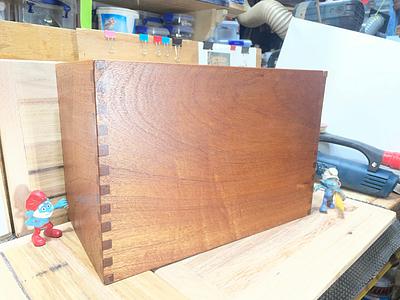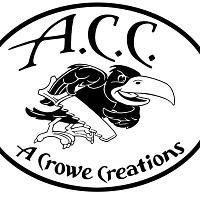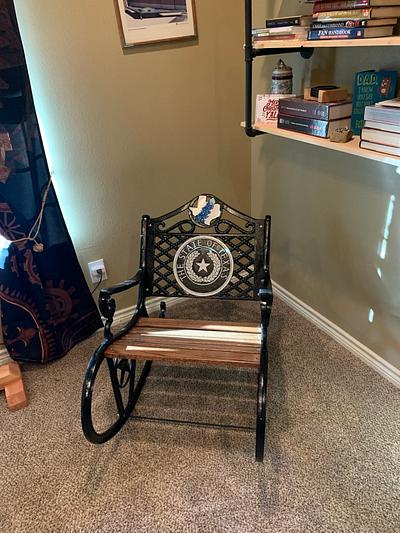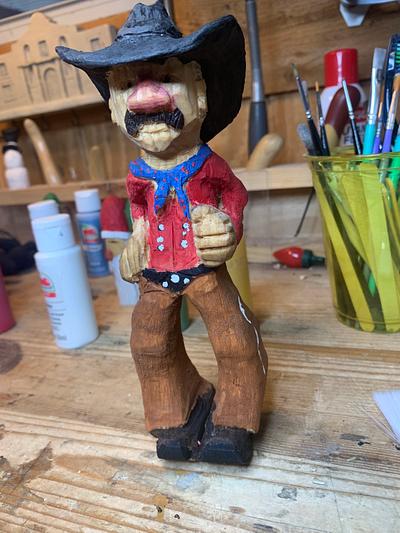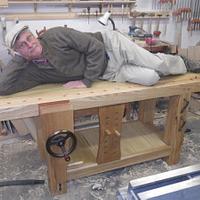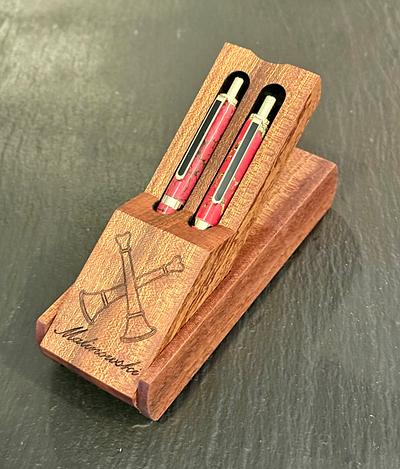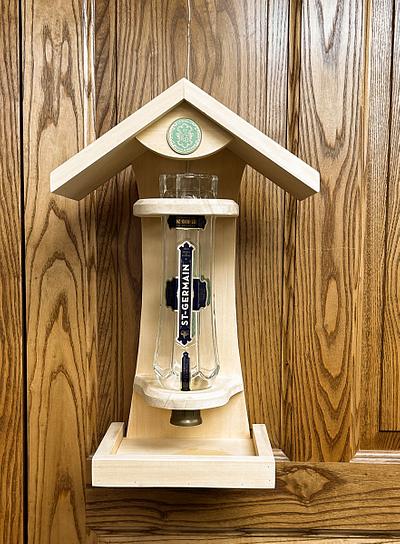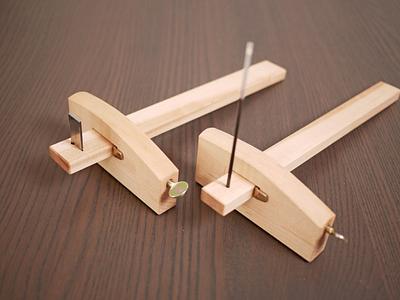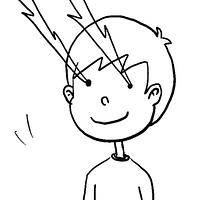Share your craft projects
Make new craft buddies
Ask craft questions
Blog your craft journey
Getting Started with Woodworking Power Tools: What to Buy First
.jpeg)
Tools may not make the craftsmen, but they certainly help! Woodworking is a useful skill that anyone can learn and practice. Having the right tools as a beginner can help you on your woodworking journey. When you know how to use each tool correctly, you increase your accuracy and boost the quality of your work.
Woodworking tools have become increasingly specialized (and expensive) as time goes on. But the truth is, you don’t need the fancy stuff when you’re just getting into woodworking! You can build high-quality pieces with a few basic power tools. Here are 12 woodworking power tools that every beginner should have in their workshop.
1. Clamps
Experienced woodworkers will be the first to tell you that you can never have too many clamps. Clamps hold wood pieces in place as you cut them, nail them together, or while glue dries, ensuring each seam is tight and secure. It’s worth investing in high-quality clamps from the get-go, as they can last for your entire woodworking career.
There are many types of clamps, including strap clamps, corner clamps, bar clamps, spring clamps, C-clamps, and more. As a starting point, invest in four 1/2 or 3/4-inch pipe clamps for larger projects, and a set of two 6-inch and two 12-inch bar clamps for everything else.
2. Marking Gauge
Marking gauges let you mark off measurements quickly, accurately, and consistently. You mark off lines that are perfectly parallel to the edge of your working wood or a reference edge.
This tool is especially important in joinery because it helps you make straight and accurate cuts that create seamless joins.
As a beginner, start off with a combination gauge. As you progress in your woodworking journey, you can invest in a separate mortise gauge and standard marking gauge.
3. Combination Square
A combination square is a tool that helps you mark and cut pieces of wood at perfect 90- or 45-degree angles. Even if you plan on cutting your pieces with a power tool, it’s important to mark your cuts accurately first.
Combination squares are easy to use and have versatile applications. They are used for everything including cutting a board to length, making mortise joints, making corner joints, and more.
4. Hand Saw
Before investing in a power tool for wood chopping, remember the humble roots of woodworking. The hand saw is an essential part of every woodworker's tool kit because it gives you more control over each cut. This is useful for everything from rip cuts to delicate joinery.
5. Mallet
A mallet is used to knock wooden pieces together, apply pressure to joints, and drive dowels and chisels. It’s important to never use a regular hammer saw for these tasks because the material is too harsh and will damage your tools and projects.
In woodworking, it’s important to feel comfortable holding and using your tools. Find a wooden or nylon-head mallet that you enjoy the feel of in your hand.
6. Smoothing Plane
A smoothing plane prepares wood for finishing by removing a fine layer of wood particles. The result is a perfectly flat and smooth surface that often has a better finish than what you can achieve with sandpaper!
7. Random Orbital Sander
Orbital sanders are used to smooth and finish pieces of wood. A regular orbital sander rotates a round sheet of sandpaper in a circular motion, often leaving behind circular grooves and swirl marks that are tricky to remove. A random orbital sander, on the other hand, oscillates at random to leave your wooden surface smooth and mark-free.
8. Circular Saw
A circular saw is a tool that uses a round blade with sharp teeth to cut wood, roofing materials, metal, masonry, sheet goods, and more. You can operate a circular saw by holding it or mounting it to a steady surface like a custom workbench.
If you want to cut accurately and quickly, you need a circular saw. They make clean, straight lines. As a beginner woodworker, you can get a combination blade to cut with and against the grain of your wood. A combination blade does the job of a crosscut blade and a ripping blade.
9. Jigsaw
A jigsaw is another tool for cutting wood, but it allows you to make curved or serpentine cuts as well as straight cuts. Instead of a rotating blade as in a circular saw, a jigsaw works by moving the blade up and down while you guide the tool forward.
Jigsaws are useful when making small, intricate cuts, or curves. You can also use it to make interior cuts in your wood by first drilling a pilot hole for the blade to fit in.
10. Power Drill
As a woodworker, your power drill will be your best friend. A power drill lets you drill different-sized holes into wood. You can also buy an assortment of attachments to give your drill more functions.
Corded drills typically run on 110/120-volt currents and have higher torque and longevity than cordless models. Some woodworkers find the cord gets in their way and disrupts their flow of work.
Cordless drills may be easier to work with, but have less force behind them. If you’d rather take the cordless route, an 18-volt cordless drill is your best bet. They have much more power than a 14-volt drill, without costing much more. Cordless drills can also double up as screwdrivers.
Hone Your Skills With the Right Woodworking Power Tools
Now you know the tools you need as a beginner woodworker. With just 10 woodworking power tools, you can complete thousands of different woodworking projects.
If you found this post helpful, you’re going to love the rest of our blog! Whether you’re interested in home improvement, or custom decor and furniture, we have guides and tips to help you along your woodworking journey. Join thousands of other woodworkers to share your progress and love of this incredible and useful craft.









